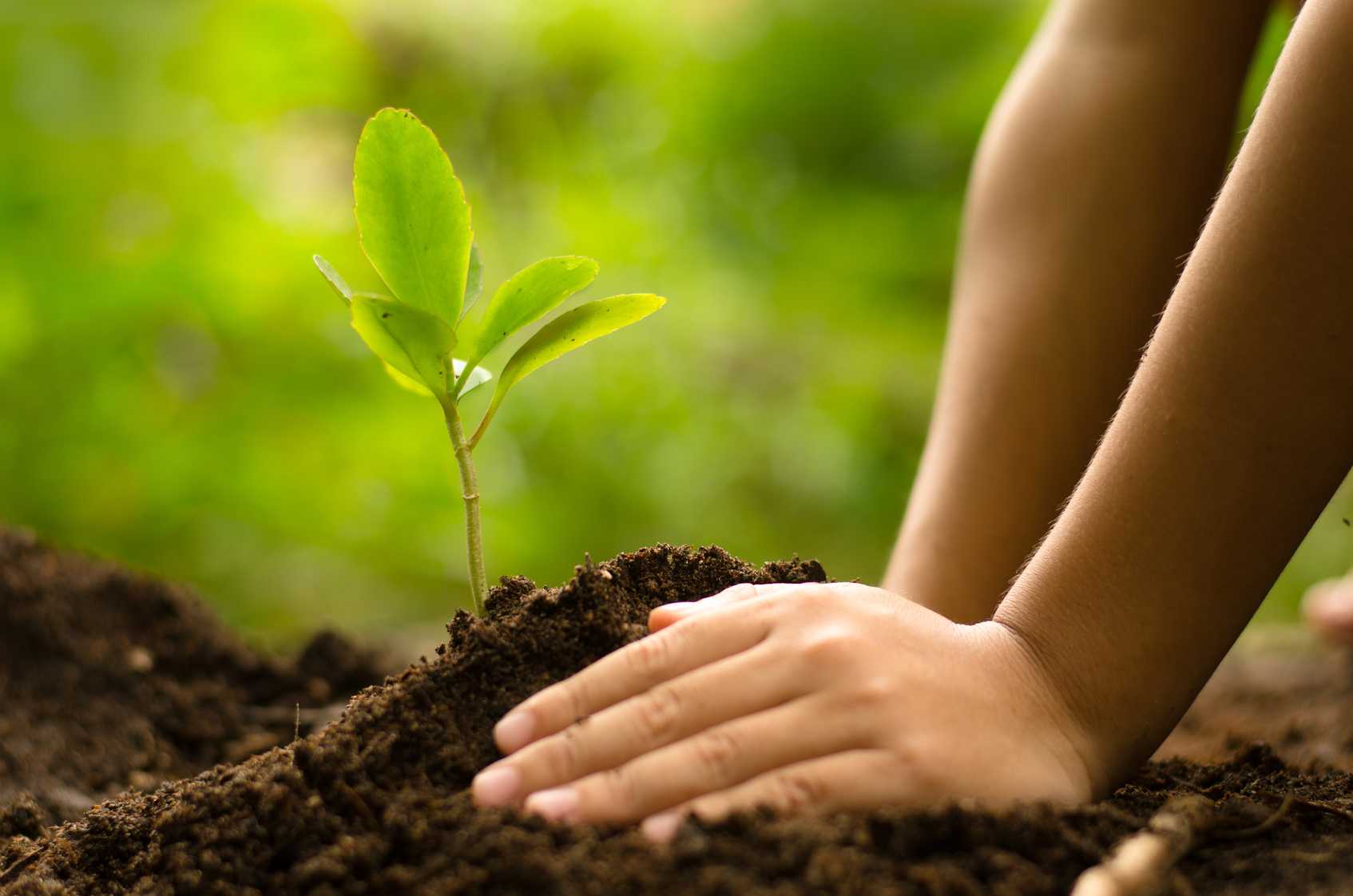
Afforestation is the process of planting trees in areas that have not been forested for a long time or ever. This practice is crucial for combating climate change, restoring biodiversity, and improving air quality. But why is afforestation so important? Afforestation helps sequester carbon dioxide, reducing greenhouse gases in the atmosphere. It also provides habitats for wildlife, prevents soil erosion, and enhances water cycles. Moreover, forests play a vital role in supporting local communities by providing resources like timber, fruits, and medicinal plants. Understanding the significance of afforestation can inspire us to take action and support reforestation projects worldwide. Ready to learn more? Here are 27 fascinating facts about afforestation that will deepen your appreciation for this essential environmental practice.
What is Afforestation?
Afforestation is the process of planting trees in an area where there were no previous tree cover. This practice helps combat climate change, restore ecosystems, and provide numerous benefits to the environment and society.
-
Afforestation helps reduce carbon dioxide levels in the atmosphere. Trees absorb CO2 during photosynthesis, which helps mitigate global warming.
-
Planting trees can improve soil quality. Tree roots stabilize the soil, preventing erosion and promoting nutrient cycling.
-
Afforestation creates habitats for wildlife. Many species depend on forests for shelter, food, and breeding grounds.
-
Trees planted in urban areas can reduce the urban heat island effect. They provide shade and release moisture, cooling the air.
-
Forests act as natural water filters. Tree roots and soil microorganisms help purify water by trapping pollutants.
Benefits of Afforestation
Afforestation offers a wide range of benefits, from environmental to social and economic. Here are some key advantages.
-
Forests provide raw materials for various industries. Timber, paper, and non-timber forest products come from afforested areas.
-
Afforestation can create job opportunities. Tree planting, forest management, and related activities generate employment.
-
Trees improve air quality. They absorb pollutants like sulfur dioxide, ammonia, and nitrogen oxides, making the air cleaner.
-
Forests offer recreational opportunities. Hiking, bird-watching, and camping are popular activities in forested areas.
-
Afforestation helps conserve biodiversity. Planting diverse tree species supports a variety of plants and animals.
Challenges of Afforestation
While afforestation has many benefits, it also faces several challenges. Understanding these obstacles is crucial for successful implementation.
-
Land availability can be a major issue. Competing land uses, such as agriculture and urban development, limit areas for afforestation.
-
Afforestation requires significant financial investment. Costs include land acquisition, tree planting, and maintenance.
-
Climate conditions affect tree survival. Extreme weather events, such as droughts and floods, can hinder afforestation efforts.
-
Invasive species pose a threat. Non-native plants and animals can outcompete native species, disrupting ecosystems.
-
Social acceptance is essential. Local communities must support afforestation projects for them to succeed.
Afforestation vs. Reforestation
Afforestation and reforestation are often confused, but they have distinct differences. Here's a closer look at each practice.
-
Afforestation involves planting trees in areas that were not previously forested. It creates new forests from scratch.
-
Reforestation focuses on replanting trees in areas that were once forested but have been cleared or degraded.
-
Both practices aim to increase forest cover. However, afforestation targets new areas, while reforestation restores existing ones.
-
Reforestation can help recover degraded lands. It improves soil health, water retention, and biodiversity in previously forested areas.
-
Afforestation can transform barren landscapes. It turns deserts, grasslands, and other non-forested areas into thriving forests.
Global Afforestation Efforts
Many countries and organizations are actively involved in afforestation projects. These initiatives aim to combat climate change and promote sustainable development.
-
China's Great Green Wall project aims to combat desertification. It involves planting trees along the edge of the Gobi Desert.
-
India's Green India Mission focuses on increasing forest cover. The initiative aims to restore degraded ecosystems and enhance biodiversity.
-
The Billion Tree Tsunami in Pakistan targets reforestation and afforestation. The project aims to plant one billion trees to combat climate change.
-
The African Union's Great Green Wall initiative seeks to restore 100 million hectares of degraded land. It spans 20 countries across the Sahel region.
-
The Bonn Challenge is a global effort to restore 350 million hectares of degraded land by 2030. It includes both afforestation and reforestation projects.
Future of Afforestation
Afforestation has the potential to play a significant role in addressing environmental challenges. Future efforts will focus on innovation, collaboration, and sustainability.
-
Technological advancements can improve afforestation. Drones, satellite imagery, and GIS tools help monitor and manage afforestation projects.
-
Community involvement is crucial for success. Engaging local communities ensures that afforestation projects are sustainable and beneficial for all.
The Power of Planting Trees
Afforestation is more than just planting trees. It’s a powerful tool for combating climate change, restoring ecosystems, and improving air quality. By increasing forest cover, we can protect biodiversity, reduce soil erosion, and create sustainable livelihoods for communities. Trees act as carbon sinks, absorbing CO2 and releasing oxygen, which helps mitigate global warming. They also provide habitat for countless species, ensuring the survival of wildlife. Beyond environmental benefits, afforestation can boost local economies through timber production, tourism, and non-timber forest products. It’s a win-win for both nature and people. So, next time you hear about tree-planting initiatives, remember the profound impact they have on our planet. Every tree planted is a step towards a healthier, more sustainable future. Let’s embrace afforestation and make a lasting difference.
Was this page helpful?
Our commitment to delivering trustworthy and engaging content is at the heart of what we do. Each fact on our site is contributed by real users like you, bringing a wealth of diverse insights and information. To ensure the highest standards of accuracy and reliability, our dedicated editors meticulously review each submission. This process guarantees that the facts we share are not only fascinating but also credible. Trust in our commitment to quality and authenticity as you explore and learn with us.
